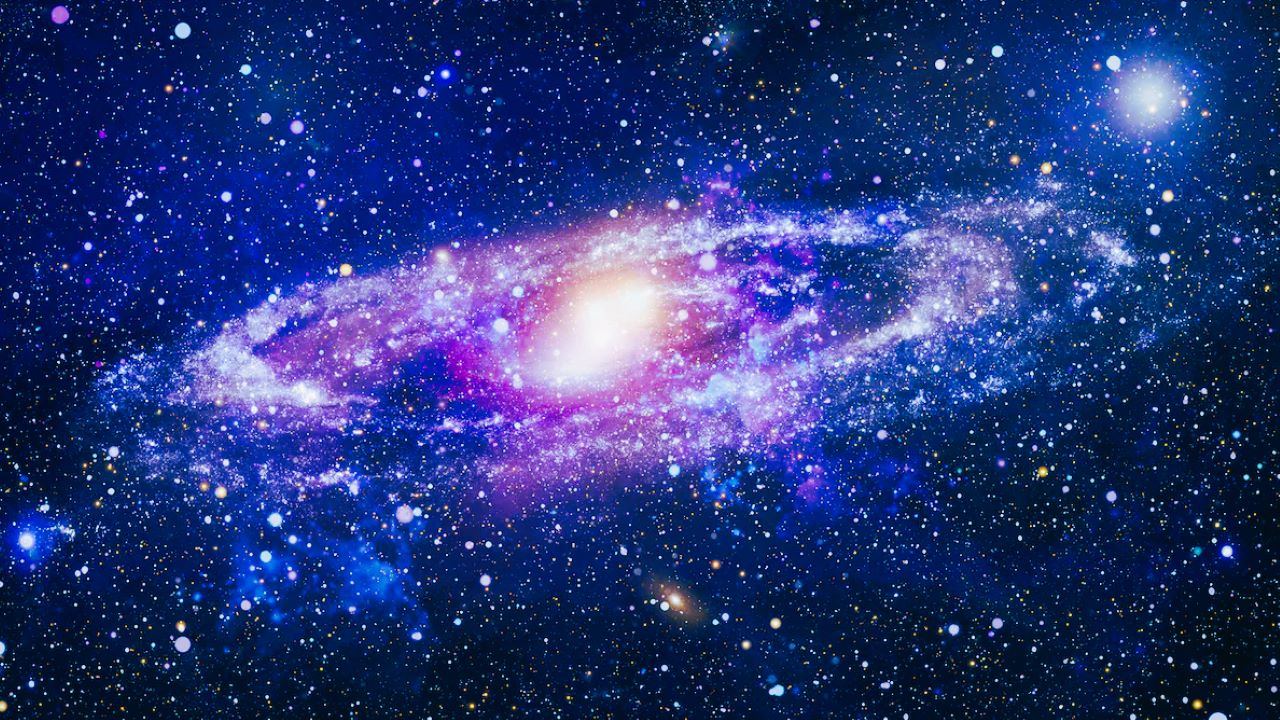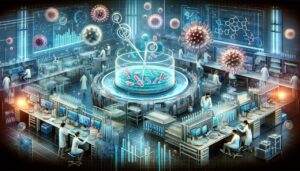In a groundbreaking study, the widely accepted age of the universe is being called into question, suggesting it may be younger than the previously estimated 13.8 billion years. This revision stems from recent observations and analysis of satellite galaxy movements, which significantly challenge our current understanding of cosmic expansion and the Standard Model.
Unraveling the Cosmic Dance: Satellite Galaxies in Focus
A team led by Prof. GUO Qi from the National Astronomical Observatories of the Chinese Academy of Sciences (NAOC) conducted an in-depth analysis using data from the Sloan Digital Sky Survey (SDSS). Their focus was on the kinematics of satellite pairs around massive galaxy groups. The team discovered a notable excess of pairs exhibiting correlated velocity offsets, a phenomenon suggesting the presence of recently accreted or infalling satellite galaxies.
This finding implies that these massive galaxy groups are younger than what current models based on cosmic microwave background (CMB) data from the Planck Collaboration suggest. The substantial discrepancy between observed data and simulations points to a younger age for these galaxy groups, and by extension, the universe itself.
Challenging Conventional Cosmological Models
The implications of this research are profound, as they present a significant challenge to the current cosmological model. The new findings may offer valuable insights into resolving the ‘Hubble tension’ – a long-standing discrepancy in measurements of the universe’s expansion rate.
The research team’s approach involved investigating the movement of satellite pairs positioned opposite massive galaxy groups, using their velocity offsets from the central galaxy along the line of sight. The excess of correlated satellite pairs, indicating recent accretion or infall of these satellites, contrasts sharply with the predictions of current cosmological simulations.
A Dynamic and Evolving Universe
These findings underline the dynamic and ever-evolving nature of our universe. They also highlight the importance of continuous observation and analysis in refining our understanding of the cosmos. As new data emerges, it challenges established theories and models, prompting scientists to reevaluate and update our comprehension of the universe’s age and history.
This study, published in Nature Astronomy, represents a significant step in the ongoing journey to unravel the mysteries of the universe. It not only challenges established theories but also opens new avenues for research and discovery in cosmology.
The study on the motion of satellite galaxies suggesting a younger universe is a vivid reminder of the fluidity of scientific knowledge. As technology and methodologies advance, so does our understanding of the cosmos. This research not only challenges existing cosmological models but also enriches the scientific discourse, driving further inquiry and exploration in the field.




